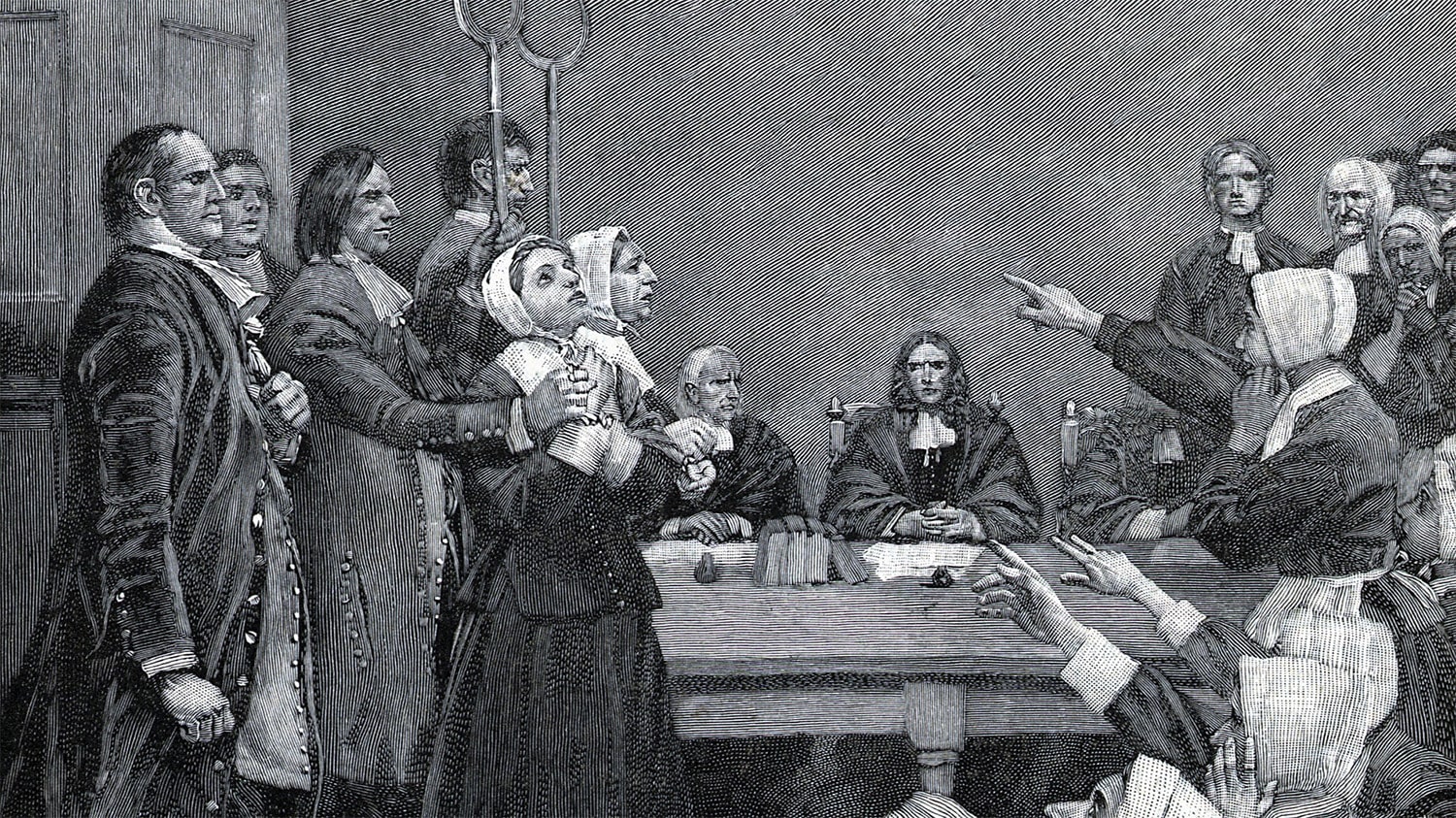
27 interesting facts about Salem Witch Trials
- 👁️ 370
The Salem Witch Trials, a series of hearings and prosecutions of people accused of witchcraft in colonial Massachusetts between February 1692 and May 1693, remain one of the most infamous episodes in American history. Sparked by a combination of fear, superstition, and tension within the Puritan communities, these trials led to the execution of twenty individuals, predominantly women, and the imprisonment of many others. The trials have been the subject of numerous scholarly and popular interpretations, emphasizing their role as a cautionary tale about the dangers of isolationism, religious extremism, and the miscarriage of justice. Here are 27 interesting and informative facts about the Salem Witch Trials that highlight their complexity and their lasting impact on American society and legal system.
- The Salem Witch Trials began in the spring of 1692, after a group of young girls in Salem Village, Massachusetts, claimed to be possessed by the devil and accused several local women of witchcraft.
- A special Court of Oyer and Terminer was established to hear and decide on the witchcraft cases.
- The first accused witch to be brought to trial was Bridget Bishop; she was found guilty and hanged in June 1692.
- In total, twenty individuals were executed: 19 were hanged, and one, Giles Corey, was pressed to death for refusing to enter a plea.
- Over 150 people were arrested and imprisoned on charges of witchcraft during the trials.
- The accused witches were not burned at the stake; this was a common misconception based on European witch trials.
- Spectral evidence, or testimony about dreams and visions, was considered admissible in court during the trials.
- The infamous trial records were published in a book titled “Wonders of the Invisible World” by Cotton Mather.
- Tituba, a slave of Reverend Samuel Parris, was among the first to be accused of witchcraft and was also the first to confess.
- The Salem Witch Trials took place during a time of military threat, political instability, and social strain in the Massachusetts Bay Colony.
- No accused witches were executed in Salem Town; all executions took place in Salem Village (now Danvers) or nearby locations.
- The last trial was held in May 1693, and the remaining prisoners were released by order of Governor William Phips.
- In 1702, the trials were declared unlawful, and in 1711, the colony passed a bill restoring the rights and good names of those accused and granted restitution to their heirs.
- The village of Salem Village was renamed Danvers in 1752, partly to overcome the stigma associated with the witch trials.
- Gallows Hill, where most of the executions took place, is now a dedicated historic site.
- Many theories have been proposed regarding the cause of the behaviors and accusations that led to the trials, including ergot poisoning, economic tensions, and cold weather theory.
- Not all accused “witches” were women; about one in six were men.
- During the trials, dogs were also accused of witchcraft and executed.
- The afflicted girls who accused others of witchcraft exhibited symptoms such as convulsions, contortions, and outbursts of gibberish.
- Some families of the accused witches still seek to clear the names of their ancestors today.
- The Salem Witch Trials have inspired numerous books, plays, and films, most notably Arthur Miller’s play “The Crucible.”
- The Salem Witch Museum and other sites in Salem, Massachusetts, attract hundreds of thousands of visitors each year.
- The event is considered a tragic example of the consequences of scapegoating and mass hysteria.
- Records show that some accusers later admitted they had lied.
- A memorial dedicated to the victims of the Salem Witch Trials was unveiled in 1992, on the 300th anniversary of the trials.
- Some of the afflicted girls were as young as nine years old.
- The Salem Witch Trials have been the subject of scholarly research in sociology, psychology, and history, exploring themes of fear, superstition, and the human tendency towards mass hysteria and moral panic.
The Salem Witch Trials serve as a solemn reminder of the dangers of extremism, unchecked accusation, and the breakdown of community cohesion. Over three centuries later, the trials continue to fascinate, horrify, and educate people about the depths to which fear can drive human behavior. As we reflect on this dark chapter of American history, it is a testament to the importance of due process, critical thinking, and the protection of individual rights within society.
The Salem Witch Trials, a series of hearings and prosecutions of people accused of witchcraft in colonial Massachusetts between February 1692 and May 1693, remain one of the most infamous episodes in American history. Sparked by a combination of fear, superstition, and tension within the Puritan communities, these trials led…